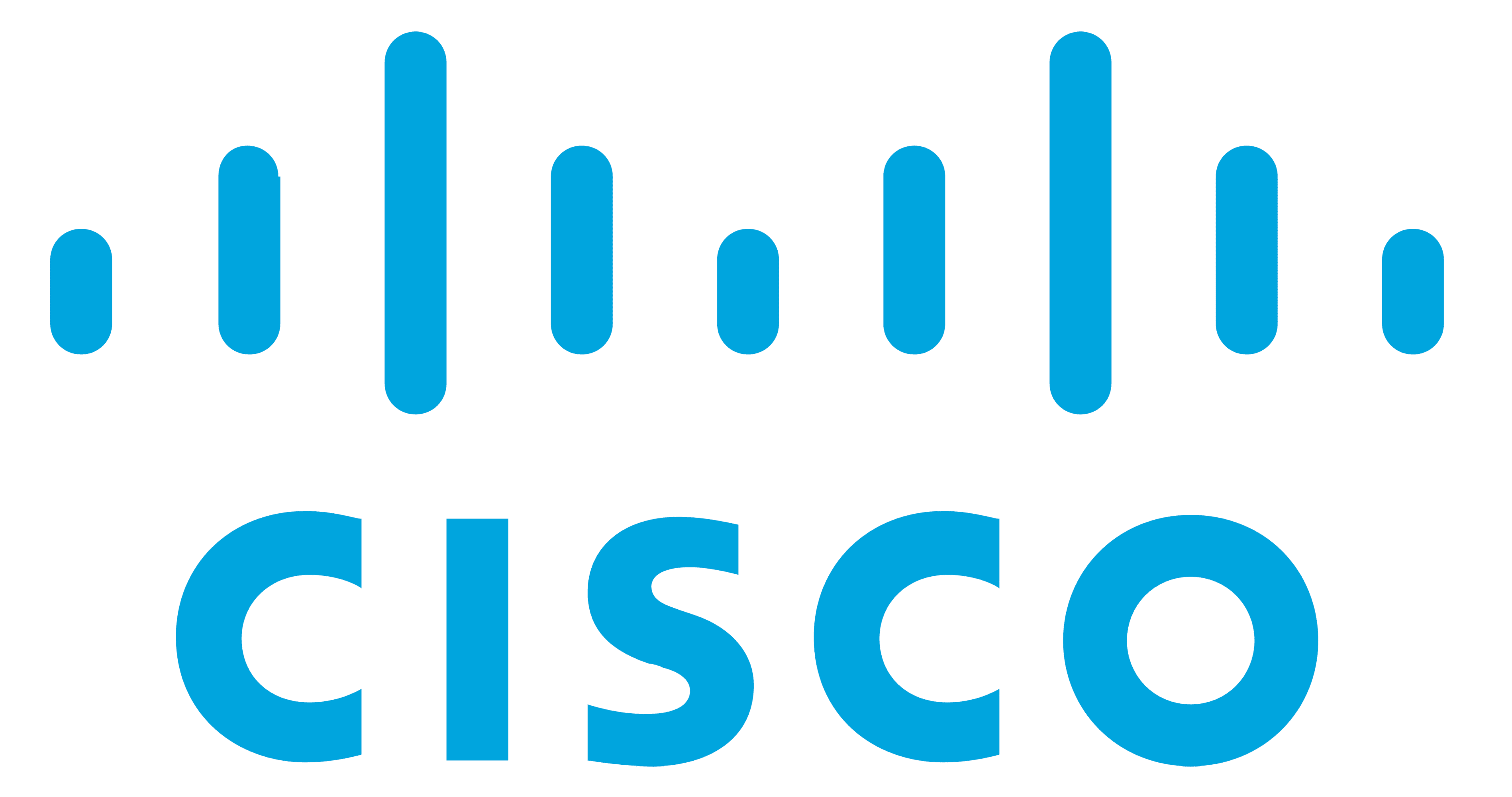Network Requirements
The Cisco AD Connector communicates with Secure Access and the deployed domain controllers. Ensure that you allow certain domains and services on your firewalls. For more information, see Network Requirements for Secure Access.
| Port and Protocol | Source | Destination | Note | ||
|---|---|---|---|---|---|
| 443/TCP | AD Connector |
api.sse.cisco.com disthost.umbrella.com |
|
||
| 80/TCP | AD Connector |
x1.c.lencr.org r10.c.lencr.org r11.c.lencr.org/33.crl |
Check for certificate revocations through the certificate revocation list (CRL). Certificate Distribution Points (CDPs) are dynamic and may change based on the certificate signing criteria.
To retrieve the latest CRL CDP, run the following command:
|
||
| 389/TCP 636/TCP | AD Connector | Domain controller or domain | Sync with LDAP/LDAPS |
|
|
The Digicert domains resolve to various IP addresses based on a CDN and are subject to change.
|
If you experience any issues communicating with Secure Access, we recommend that you check for any Layer-7 application proxies, which may block or drop data sent to Secure Access. A common case is the inspect feature on Cisco devices that communicate on DNS, HTTP, or HTTPS. For more information, see Cisco Security Appliance Command Line Configuration Guide, Version 7.2.
